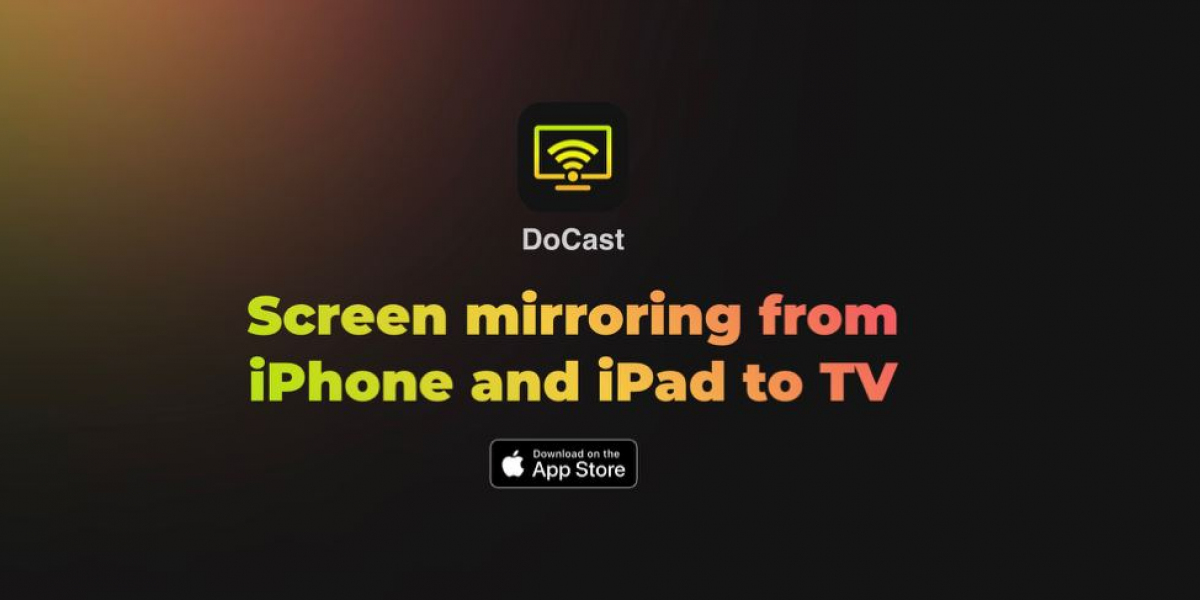Small screens are great—until they aren’t. If you’ve ever tried showing a vacation video to a group of friends, joining a Zoom call on your iPad while charging it at the same time, or trying to get the full effect of a photo slideshow from your iPhone, you already know the limits. That’s when screen mirroring starts to matter.
The idea is simple: your iPhone or iPad’s screen shows up on your TV, wirelessly, instantly, and with no drama. But as anyone who’s wrestled with clunky settings, app limitations, or lag knows—"simple" is rarely that simple. This guide breaks down how screen mirroring really works, what gets in the way, and how to finally get it working without cables or frustration.
Mirroring vs. Casting: Know the Difference
These two terms are often used like they mean the same thing—but they don’t.
Mirroring sends an exact copy of your iPhone or iPad screen to your TV. Every swipe, every app, every image. It mirrors everything, not just video.
Casting sends media from a specific app (like YouTube or Netflix) to a supported TV or device. You start a video on your phone, and your TV plays it directly—your phone just acts as a controller.
Mirroring gives you more control. Want to share a presentation? Scroll through photos in your Camera Roll? Open a file in an app? Mirroring does all of that. Casting doesn’t.
Why Apple’s Built-In AirPlay Isn’t Always Enough
If you have an Apple TV, you’re in luck. AirPlay is built to work seamlessly with it. Tap a few icons, and your screen shows up on the TV. But if you’re using a Fire TV, Roku, Chromecast, or a smart TV with DLNA, you’re going to hit roadblocks.
AirPlay doesn’t support those platforms natively. And while some TV brands have started including basic AirPlay support, it’s not always reliable—or available at all.
That’s where things get messy. You end up searching for workarounds, downloading half-baked apps, or juggling HDMI adapters that never sit quite right. You shouldn’t need a tech degree just to stream a video from your iPad to your living room.
Common Issues People Run Into When Mirroring iOS Devices
Here’s what usually gets in the way:
- Lag and stuttering when mirroring video, especially over weaker networks
- Audio not syncing with video, or not playing at all
- Apps blocking screen mirroring (yes, some apps will blank the screen intentionally)
- Complicated setup with too many steps or manual pairing every time
- Limited compatibility with different TV brands or streaming devices
And let’s not forget the biggest headache: apps that only work well with one or two specific platforms, leaving the rest of us stuck with unreliable casting or forced into buying extra hardware.
A Better Way to Mirror iPhone and iPad to TV
If you want to skip the guesswork, your best bet is to use a purpose-built app that connects your iOS device directly to your TV—without third-party dongles or platform restrictions.
One of the standout options is DoCast, a lightweight and intuitive app designed to mirror iPhone or iPad screens to a variety of TVs, including Chromecast, Roku, Fire TV, and any DLNA-enabled screen. No Apple TV required. No cables. Just a fast, wireless connection that works.
You can mirror your screen in real time, stream video and music, and even view photo slideshows—all without delay or quality loss. It’s built for users who don’t want to tinker. You open the app, choose your TV, and go.
For more details on how it works (and how to set it up in under a minute), check out the official page here: https://mac.eltima.com/docast-stream-mirror/.
What to Look for in a Screen Mirroring App
Not every mirroring app is worth your time. Here’s what matters:
- Native support for multiple TV platforms (Chromecast, Roku, DLNA, etc.)
- Low latency, especially for video and games
- Audio sync — both internal and external playback options
- Easy connection flow — no long pairing processes or signups
- Reliable performance across different network conditions
Also, pay attention to how the app handles privacy and access. Some ask for unnecessary permissions. A good app only asks for what it needs—and tells you why.
Final Thoughts: Keep It Simple, Keep It Smooth
Screen mirroring shouldn’t be complicated. If you’re pulling out wires, switching inputs, or wondering why your iPhone can’t “see” your TV, you’re doing too much. The right tool cuts all of that out.
With a clean app that mirrors your iPhone or iPad to your TV without lag or limits, you get to focus on what actually matters—watching, showing, sharing, presenting. No adapters. No trial-and-error. Just a bigger screen, the way it should be.














